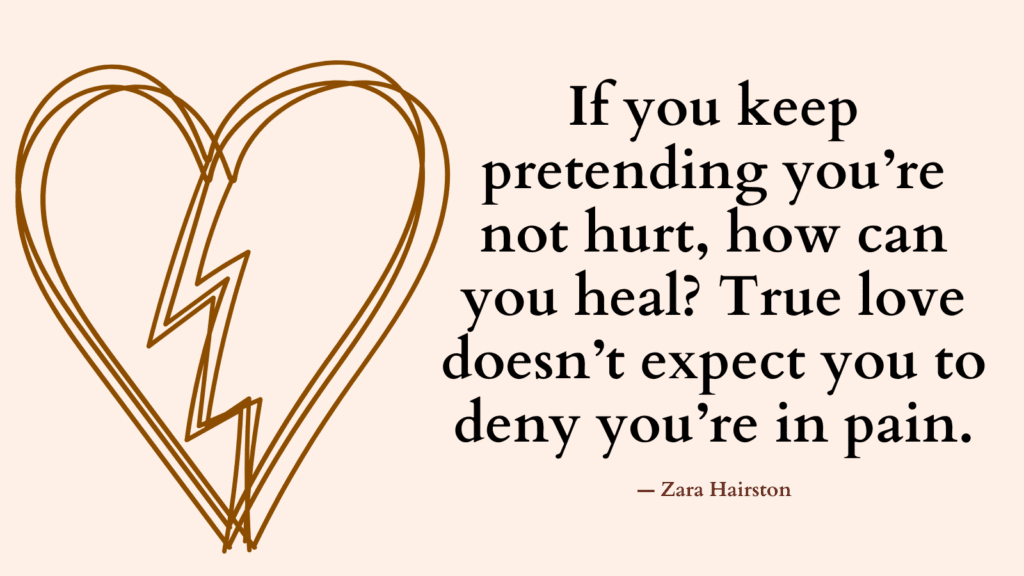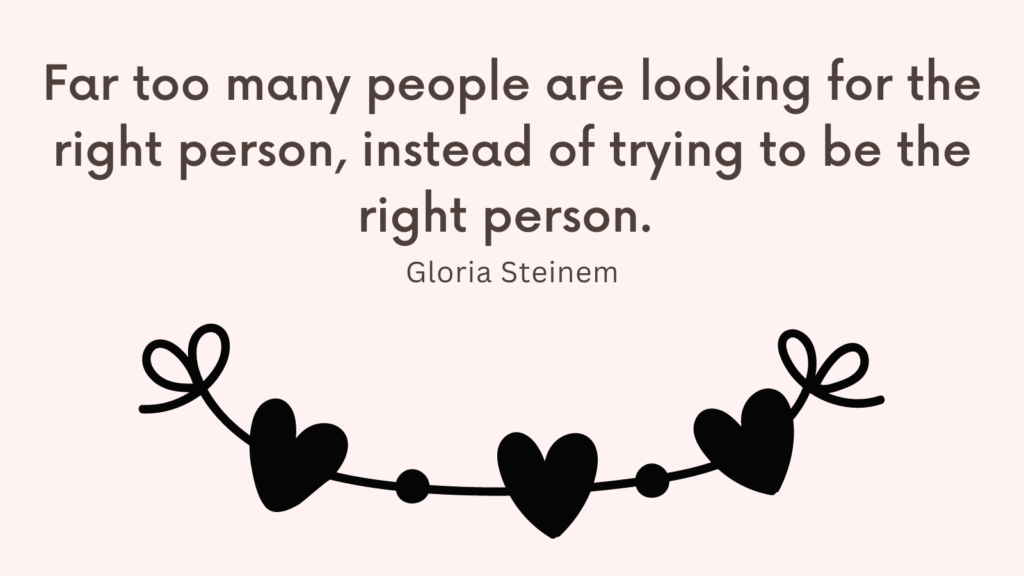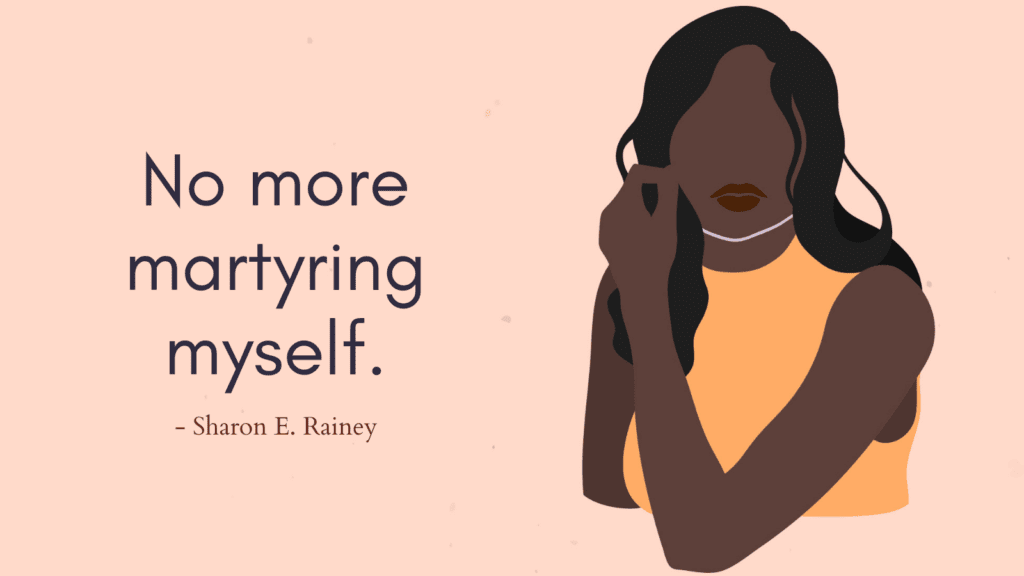Today, you’re going to learn all about misogynistic relationships and finding peace after a toxic relationship.
The Misogynistic Relationship
Misogyny is (typically an unconscious) hatred of women.
Men who hate women typically believe in controlling and punishing women who do not adhere to the patriarchal norms or who aren’t serving male interests.
Who Is The Misogynist?
Misogynists don’t always fit into a clear-cut personality disorder, such as narcissistic personality disorder, or antisocial personality disorder.
For instance, while a narcissist needs to be admired, a misogynist seems to need to control more than be admired.
Also, the misogynist is often genuinely responsible and competent and, unlike the person with antisocial personality, his destructive behavior is reserved for his partner and is not generalized.
The misogynist is also not a sadist. He usually doesn’t get pleasure from his partner’s pain. Rather, he may feel threatened or enraged by his partner’s suffering.
Related: Can Abusers Change? Top 17 Myths About Abusive Men That Make Women Stay With Abusers
Are You In A Relationship With A Misogynist?
The following are some signs to help you determine if you’re in a relationship with a misogynist:
- He attempts to control the way you live and behave.
- You have given up important activities or people to please him.
- He devalues your opinions and accomplishments.
- When displeased he threatens, yells, or stonewalls you.
- You find yourself rehearsing what you will say so you won’t set him off.
- He switches between moods without warning.
- He is extremely possessive and jealous.
- He blames you for everything that goes wrong in the relationship.
A Misogynistic Relationship: Who Is The Victim?
Although each partner is contributing to the conflict in the relationship, male partners do not suffer nearly as much as they cause their female partner to suffer.
In general, research shows that Men are usually the predominant perpetrator and women are usually the predominant victim, with 90% of victims being female. (*)
Women suffer greatly as a result of domestic abuse. They often experience loss of self-esteem and even post-traumatic stress disorder.
Women often experience physical symptoms, such as sleeping disorders, migraines, gastro-intestinal complaints, sexual problems such as pain during sex, and other problems with the immune system. (*)
Related: Top 25 Signs You’re Dating a Psychopath – and How to Heal From Psychopathic Abuse
Why Can’t I Let Go Of A Toxic Relationship?
1. Whirlwind Courtships
Your new partner has many qualities that are going to affect your relationship and your life and these qualities cannot be seen immediately.
You both need time to discover each other and develop qualities that are needed for a solid relationship, such as openness and trust.
In a misogynistic relationship, you don’t go through the normal progression of discovering your new lover.
And once sexual intimacy is added, the intensity of the relationship becomes even greater.
This whirlwind courtship might be thrilling, but it often provides pseudo-intimacy rather than genuine closeness.
Related: How to Attract A High-Quality Man? (+Ice Breaker Questions For Dating)
2. Idealization
Rather than seeing each other realistically, in a misogynistic relationship, both people ignore and block anything that contradicts the “ideal” image they have for each other.
Both people become focused on how the other person makes them feel rather than who the other person really is.
They reason that “if he makes me feel great, then he must be great.”
3. Rescuing
Rescuing is a recurring theme in misogynistic relationships.
It helps create a bond that makes the rescuer or the caretaker feel needed and in control.
Rescuing also helps keep the rescuer holding onto the belief that through their help, the other partner will change and become a different person.
While a healthy relationship involves both partners helping each other, helping is different from rescuing.
Helping is an occasional thing for a trouble that’s temporary.
Rescuing, on the other hand, is a continuous behavior done for someone who has a pattern of instability and who consistently blames others for his troubles.
Read More: Caregiving vs Caretaking (The Savior Complex)
Get FREE Overcome Codependency Worksheets
4. Rationalizing His Behavior
Rationalization is about making the unacceptable acceptable.
It’s our way of making sense of confusing situations.
It’s different from ignoring red flags in that we see and acknowledge the warning signs and we relabel them.
You may find yourself saying something like, “Yes, he says horrible things about his exes, but I can’t blame him because they were mean to him and nobody understood him like I do,” or, “I know he called me names and humiliated me in front of my friends, but he’s just under pressure right.”
While no one can be nice all the time, the misogynist will not feel genuine remorse or take responsibility later for his poor treatment.
5. Stockholm Syndrome
Many people don’t understand why would any woman stay with someone who is abusing her.
But truth is, the misogynist is not angry or critical all the time.
Between his outbursts, he can be as charming and kind as when you first met him.
Women, however, choose to see those sparse good times as the “real him” and the ugly times as just a “bad dream.”
This is very much like gambling. The promise of winning can keep you hanging in there even when you’re clearly losing more than winning.
It becomes addictive.
Stockholm syndrome describes this pattern of ascribing good motives to people who are hurting you.
Sociologists named this type of behavior Stockholm Syndrome after analyzing observing how captives started defending their captors instead of hating them during a bank robbery in Sweden.
Related: Top 10 Signs Of Trauma Bonding & How To Heal A Trauma Bond
6. Taking The Blame
Many women in misogynistic relationships reason that if the man can be so wonderful, then it must be their fault that things go wrong often.
The misogynist may further reinforce this belief by reminding his partner that if they would only stop or change certain behaviors, then things would be much better.
Taking the blame can also be the woman’s attempt to make sense of her partner’s confusing behavior.
Only this leads to further ignoring the troublesome aspects to their partner’s behavior and justifying them.

Finding Peace After A Toxic Relationship
#1. Take The Decision To Make a Change
Many people hope that by doing nothing, things would remain the same and maybe even improve.
Truth is, the situation will change even when you do nothing.
Events take place: you may have children, change jobs, or get sick. Any of these events can create a shift in the balance of the relationship and escalate the abuse.
Therefore, while things can be acceptable for you right now, they’re unlikely to remain the same in the long run or even get better.
In fact, people are less willing to change as they get older.
It’s also important to make the choice to do the work if you have children because you’re teaching them how to treat others and what kind of treatment to expect in a relationship.
Related: How To Break Free From Emotional Abuse? (& Stop Attracting Abusive Partners)
#2. Connect With Your Thoughts And Feelings
To understand what is happening to you, you need to first become aware of your feelings about yourself and your relationship.
You may not realize how much suffering your relationship is causing you until you face your feelings.
- Do you feel afraid of your partner?
- Do you feel always in the wrong?
- Do you feel angry much of the time?
- Do you feel confused about what you should do?
- Do you feel hopeless much of the time?
- Do you feel overpowered by your partner?
- Do you feel sad most of the time?
- Do you feel trapped?
If you answered yes to most of these questions, then you are clearly in so much pain.
Another important step in identifying our feelings is to distinguish our thoughts from our feelings.
Most people confuse their thoughts with their feelings.
For example, they may say, “I feel that you are upset with me.” This is actually a perception that could be more accurately stated as, “I see you are upset with me, and that makes me feel confused and scared.”
Related: Top +100 Journal Prompts For Mental Health [+Free PDF Printable!]
#3. Turn Your Fears Into Solvable Problems
Fears are usually expressed in absolutes, such as “always,” and “never.”
The following are some examples:
- I’ll never find anyone else.
- I can’t make it without them.
- I will be alone forever.
- I won’t be able to handle the children by myself.
- I’ll never be able to support myself and/or the children.
- Everyone will see me as a failure.
Turn your fears into manageable problems by using phrases such as
- “It will be difficult to… but I will…”
- “It’s going to be tough to… but I can …”
e.g., “I can’t make it without them,” becomes, “I know it’s going to be tough to be without him, but I can ask for support from my friends and family.”
#4. Write Down The Labels Your Partner Has Used Against You
Reflect on incidents when your partner attacked you and think of any names and labels they used against you, such as selfish, stupid, lazy, demanding, mean, etc.
Write down a list of those labels.
Counteract these negative labels by writing down a list of positive qualities you know you possess or other people have used to compliment you.
You can make your positive traits a direct rebuttal to your partner’s negative labels.
For example, in front of “selfish”, write down “considerate.”
#5. Work On Your Past Wounds
Toxic relationships are usually the result of unhealed past wounds from childhood.
Most people believe that if they don’t acknowledge past wounds, they’ll somehow disappear.
However, repressing pain and denying it only leads to self-sabotage. It’s your pain’s way of finding a release.
You gain power back by bringing your pain out in the open.
Working on those wounds can trigger strong feelings and therefore, consider working with a support system, such as a therapist or a therapy group.
Psychologist Locator and the National Register are two websites for locating psychologists in USA.
Related: Best 15 Inner Child Exercises: How To Connect With Your Inner Child (& Heal Your Childhood Wounds)

Conclusion
Finding peace after a toxic relationship can be an arduous and challenging process.
Remember, it’s never too late to start fresh and build healthy relationships with those who love and respect you.
References
- Portions of this article were adapted from the book Men Who Hate Women and the Women Who Love Them, © 1986 by Susan Forward. All rights reserved.
- (PDF) Human networks and toxic relationships (researchgate.net)
- The Psychology Behind Remaining in Toxic Relationships (psychcentral.com)
- Toxic Relationships: The Experiences and Effects of Psychopathy in Romantic Relationships – Adelle Forth, Sage Sezlik, Seung Lee, Mary Ritchie, John Logan, Holly Ellingwood, 2021 (sagepub.com)



